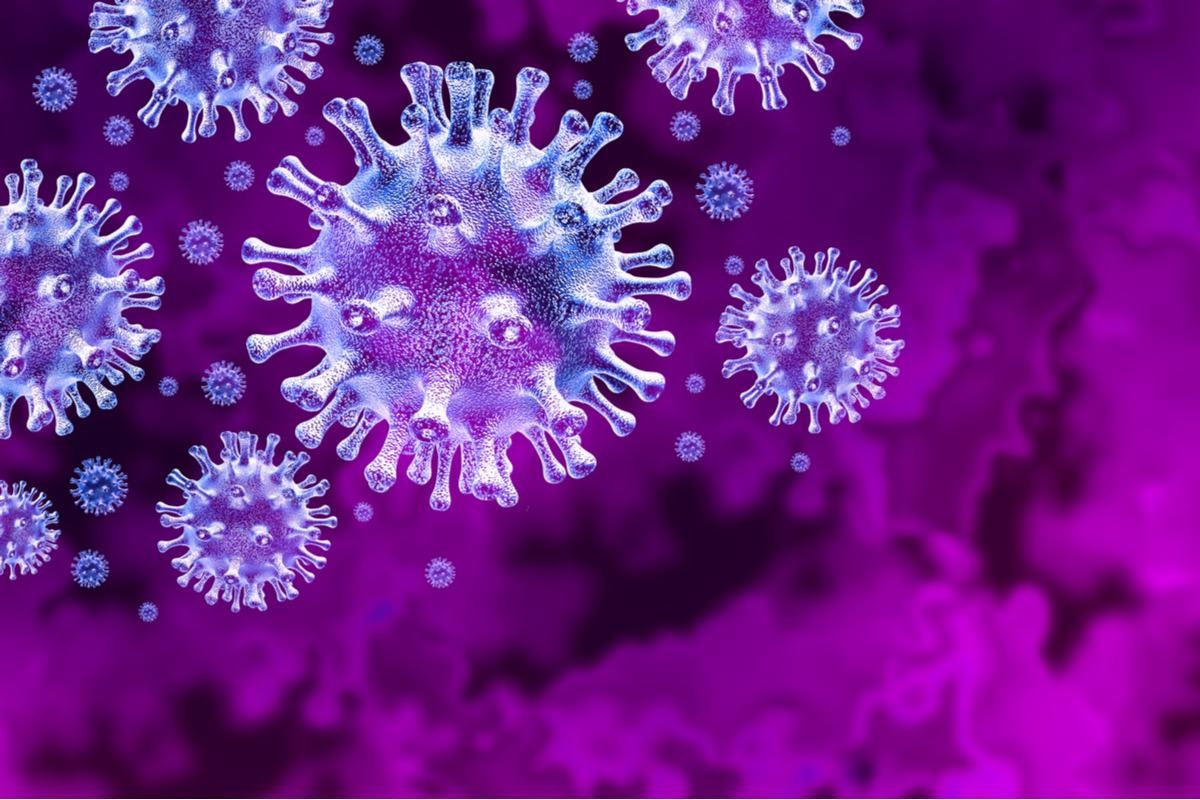In a recent study published in Jama Network, researchers investigated the impact of coronavirus disease 2019 (COVID-19) on biomarkers in the cerebrospinal fluid (CSF).
 Study: Viral Antigen and Inflammatory Biomarkers in Cerebrospinal Fluid in Patients With COVID-19 Infection and Neurologic Symptoms Compared With Control Participants Without Infection or Neurologic Symptoms. Image Credit: Lightspring/Shutterstock
Study: Viral Antigen and Inflammatory Biomarkers in Cerebrospinal Fluid in Patients With COVID-19 Infection and Neurologic Symptoms Compared With Control Participants Without Infection or Neurologic Symptoms. Image Credit: Lightspring/Shutterstock
Various neurologic symptoms have been reported by COVID-19 patients. However, severe acute respiratory syndrome coronavirus 2 (SARS-CoV-2) pathogenesis in the central nervous system (CNS) is still unclear.
About the study
In the present study, researchers assessed whether viral antigens were present in the CSF samples of COVID-19 patients and evaluated the neurologic symptoms in mild to severe COVID-19 severity.
The team included participants aged 18 years and above having confirmed COVID-19 diagnosis from 1 March 2020 to 30 June 2021. The SARS-CoV-2 infection was verified by detecting viral ribonucleic acid (RNA) in nasopharyngeal or plasma samples via real-time polymerase chain reaction (PCR) assays. Serum SARS-CoV-2 antibodies were employed as diagnostic tests and assessed using commercial assays.
The eligible patients were admitted to Sahlgrenska University Hospital in Gothenburg, Sweden. They had undergone a lumbar puncture either due to the neurologic symptoms displayed or as a part of the research. The lumbar puncture, CSF venipuncture, and blood sampling were all performed in direct order.
The patient cohort was classified as per their neurologic status into neuroasymptomatic or neurosymptomatic. The team evaluated the disease severity of the patients based on the World Health Organization (WHO) clinical progression scale. The study also comprised two distinct control groups: (1) COVID-19 negative patient controls who had a history of a diagnostic lumbar puncture due to initial suspicion of CNS infection and (2) healthy COVID-19 negative control participants.
The team also detected SARS-CoV-2 nucleocapsid (N) and spike (S) proteins and evaluated albumin and symptoms and disease severityestimated with a commercial immunoassay, while the concentration of CSF glial fibrillary acidic protein was calculated by an in-house enzyme-linked immunosorbent assay (ELISA).
Results
The study cohort included a total of 44 patients, including 32% females and a median age of 57 years. Among these, 10 were healthy controls, and 41 were patient controls. According to the WHO clinical progression scale, 26 of the hospitalized patients had moderate, and 18 had severe COVID-19. Furthermore, 21 COVID-19 patients were neuroasymptomatic, while 23 were neurosymptomatic. The neurosymptomatic group reported conditions including encephalopathy, encephalitis, and Guillain-Barré syndrome.
The team noted that the neurosymptomatic patients were more likely to be older, had a lower chance of reporting severe COVID-19, and were less likely to be administered betamethasone than the neuroasymptomatic patients. Moreover, the duration from the onset of any COVID-19 symptom to CSF sampling was remarkably shorter for the neurosymptomatic patients. A total of three neurosymptomatic patients succumbed during hospitalization.
All the CSF samples tested SARS-CoV-2 RNA-negative while 11 neuroasymptomatic and three neurosymptomatic patients showed viral RNA in their plasma samples. The team also observed that the average cycle threshold value for RNA-detectable plasma samples was 36.0. Furthermore, SARS-CoV-2 N antigen was found in the CSF of 89% of the patients and 0% of the controls. Notably, the difference in N antigen concentrations in the CSF did not vary according to the neurosymptoms or disease severity observed. Only one patient was positive for SARS-CoV-2 S antigen.
The team also observed that the albumin ratio was more than the normal reference value in 12% of the patients, while the ratio was not substantially different between the COVID-19 patients and the control persons. Moreover, the COVID-19 patients and the controls showed a normal IgG index; however, the CSF levels of neopterin, interleukin (IL)-2, IL-6, IL-10, tumor necrosis factor α (TNF-α), and β2M were higher in the COVID-19 patients than the controls.
Among the COVID-19 patients, the amounts of several biomarkers were higher in the neurosymptomatic patients than the neuroasymptomatic patients. The team observed that after statistically adjusting to account for the CSF sampling day, the higher concentrations observed for neopterin, IL-6, IFN-γ, and TNF-α in the neurosymptomatic cohort remained high for only IFN-γ while the levels of neopterin, IL-6, and TNF-α reduced to slightly more than the threshold for significance. Moreover, a close association was observed between the SARS-CoV-2 N antigen concentrations in the CSF and serum samples. Also, higher serum levels were found in the COVID-19 patients for all biomarkers except IL-1β and IL-12p70.
Conclusions
Overall, the study findings showed the significance of neurologic manifestations in COVID-19 patients and their impact on important biomarkers. The researchers believe that the present study can be used to develop therapeutic approaches against COVID-19 and similar viral diseases.
Journal reference:
-
Edén, A. et al. (2022) "Viral Antigen and Inflammatory Biomarkers in Cerebrospinal Fluid in Patients With COVID-19 Infection and Neurologic Symptoms Compared With Control Participants Without Infection or Neurologic Symptoms", JAMA Network Open, 5(5), p. e2213253. doi: 10.1001/jamanetworkopen.2022.13253. https://jamanetwork.com/journals/jamanetworkopen/fullarticle/2792536